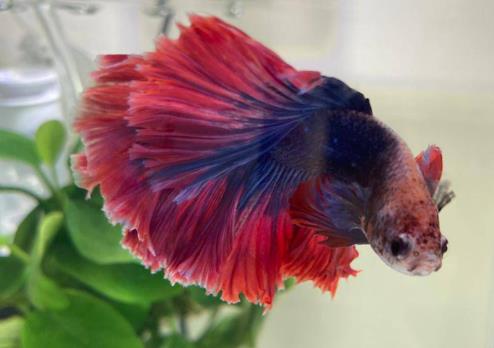Key Guidelines for Using Tap Water with Betta Fish
1. Tap Water Must Be Treated
Aging the Water: Let tap water sit or be exposed to air for 3-5 days in advance. This process helps evaporate chlorine and stabilize the water temperature.

Avoid Direct Use: Freshly drawn tap water contains chlorine and has a low temperature, which can irritate betta fish’s gills.
2. Water Quality Parameter Requirements
pH Level: Betta fish thrive in slightly acidic water (pH 6.5-7.2). After aging, tap water may have a higher pH; you can adjust it using almond leaves.
Dissolved Oxygen: It is recommended to aerate the water (using an air stone or pump) while aging it to prevent oxygen deficiency.
3. Comparison of Alternative Water Sources
Mineral Water: Yibao mineral water (slightly acidic) is suitable for Halfmoon Betta, while Nongfu Spring mineral water (slightly alkaline) works well for Pin Tail Betta. However, pay attention to the mineral content.
Purified Water: Minerals need to be added to purified water. Long-term use of unfortified purified water may affect betta fish’s health.
4. Recommendations for Water Change Procedures
Water Change Volume: Replace 1/3 of the tank water each time to avoid sudden drastic changes in water quality.
Consistent Water Temperature: The temperature difference between the new water and the water in the tank should not exceed 2-3°C.
5. Additional Notes
Solitary Housing: Betta fish have strong territorial instincts. It is recommended to keep them in separate tanks to reduce pressure on water quality.
Monitoring Tools: Regularly test the water quality with pH test strips and make adjustments promptly if needed.
For a more intuitive understanding of betta fish water quality management, you can refer to video demonstrations.
